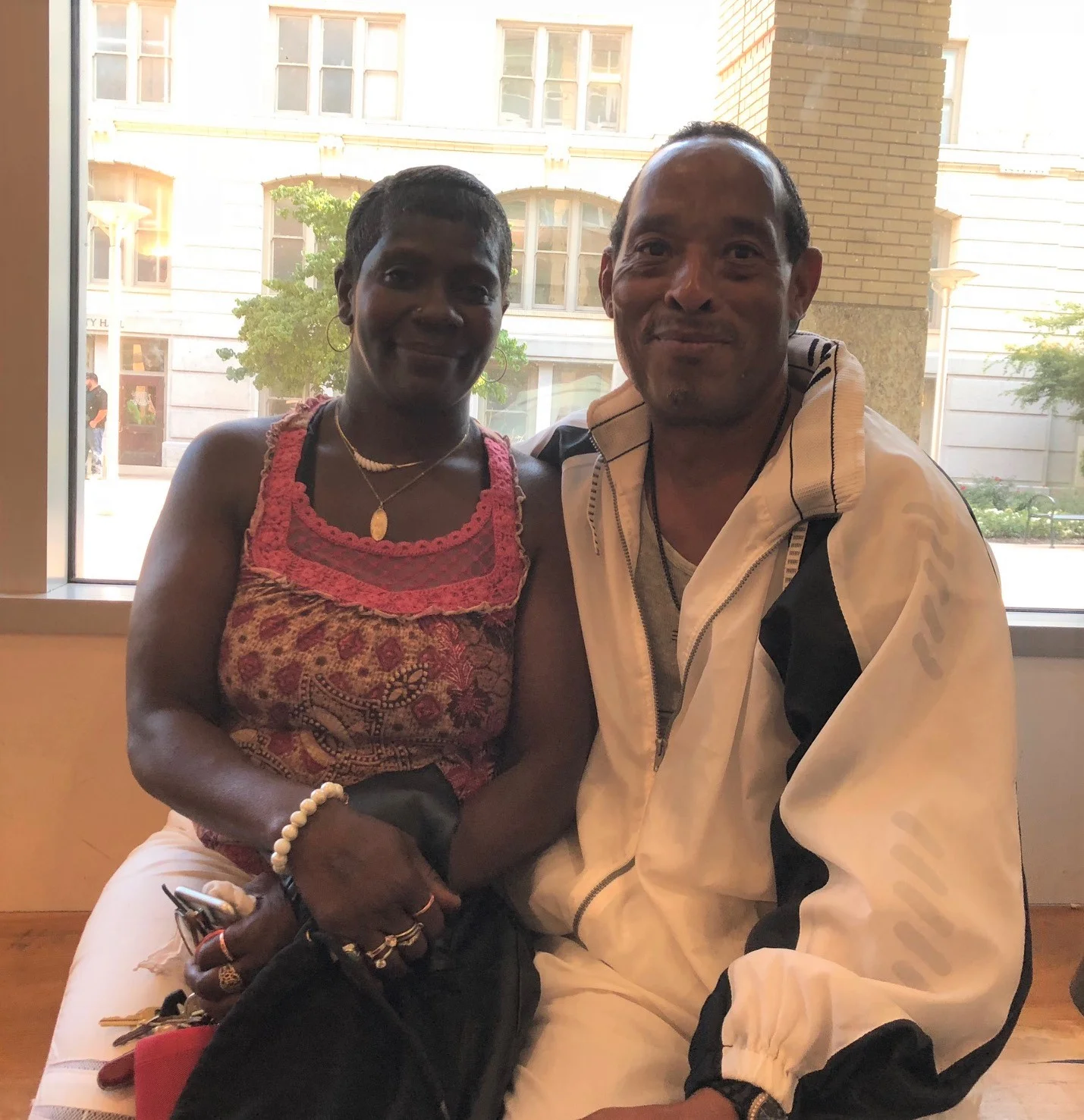'I'm going after a life now.' Whole Person Care gets hundreds of people into housing
Ramona Jasper and Anthony Moss
Less than a year ago, Ramona Jasper and Anthony Moss were living in a homeless camp alongside a levee in north Sacramento. Jasper, now 52, had been homeless for more than 25 years.
On Tuesday, Aug. 21, the couple received a round of applause from members of the Sacramento City Council and hundreds of people in the Council chambers as they recounted how they reclaimed their lives through the City's Whole Person Care program. They now live in a little house off of Franklin Boulevard with a fenced yard for their dogs. Both are receiving Social Security and medical and dental care.
"People ask me, 'Do you like your house?" Moss said. "Like is not the word; I love it."
"I'm happy," Jasper said. "I can cook, I can clean. I can take care of my dogs. I'm going after a life now."
Jasper and Moss were among the first group of 25 people who moved into the city's new Triage Shelter when it opened in December just yards from their camp. The shelter is an integral piece of the City's Whole Person Care program, called Pathways.
Whole Person Care is a four-year, $64-million pilot program funded by federal Medicaid dollars matched by local funds.The city’s $32 million match was mostly provided by major health care systems in the city, including Sutter Health , Dignity, UC Davis and Kaiser Permanente. The city itself contributed $2 million.
Inter-disciplinary teams reach out to the city's most vulnerable homeless people, get them into shelter and surround them with health care and other services. Mayor Darrell Steinberg has set a goal of getting thousands of people into permanent housing.
On Tuesday, staff members working on the Whole Person Care program gave the City Council an update on its progress. Jasper and Moss were among those who spoke to what the new approach had achieved.
"Ramona and Anthony, it's truly a miracle to have you with us," said Councilmember Steve Hansen.
The program has served 635 people since its launch last November. Twenty percent of those people have been placed in transitional or permanent housing.
About 45 percent are currently living in the shelter system, most of them in the City's Triage Shelter in North Sacramento. About 35 percent remain unsheltered.
"We can turn hundreds off the street into thousands," Mayor Steinberg said at Tuesday night's meeting. "We have to keep going because there are more people in need, and I know with this team we will."




